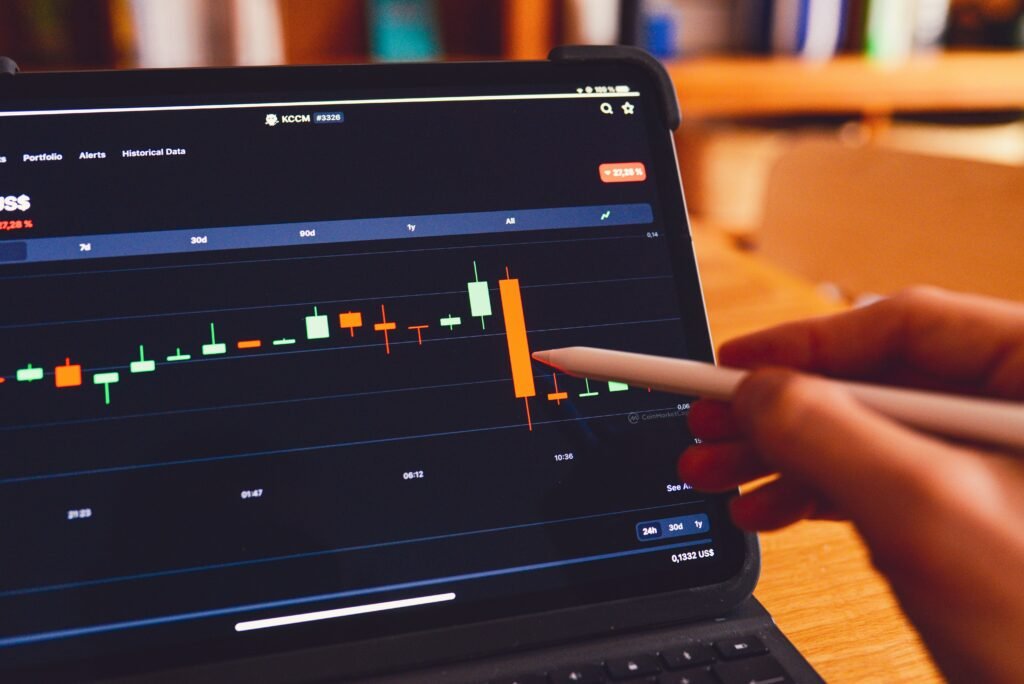Bitcoin and Ethereum price volatility are once again center stage as both leading cryptocurrencies show signs of consolidation after modest movements. Bitcoin (BTC) hovers above $111,000 while Ethereum (ETH) fluctuates around $4,400, but traders aren’t relaxing just yet. With technical indicators painting a complex picture and institutional flows playing a larger role in shaping price trends, the risk of renewed turbulence remains high. From resistance zones to seasonal behavior, the crypto market is entering a crucial phase where price volatility could surge.
Support at $105,000 could be BTC’s lifeline
Over the past week, Bitcoin has held firm above the key support at 105000, a level that bulls fiercely defended during minor pullbacks. This price floor, often regarded as a psychological safety net, continues to be a pivotal point for chart watchers. Should BTC lose this footing, a cascade toward $100K is possible—but so far, the buying pressure has remained robust. The struggle between bears and bulls around this range illustrates how price volatility is influenced by strategic positioning rather than purely sentiment.
Resistance at $113K–$115K limits Bitcoin’s upside
Despite consistent attempts to break free, Bitcoin has met strong resistance at 113000–115000. This zone marks a ceiling where sellers tend to pile in, taking profits or securing short positions. It’s also a level visible on most technical charts as a multi-day cap on upward momentum. Traders watching for a breakout above this resistance understand that any clear surge past $115K would require major buying volume—likely spurred by ETF activity or large-scale institutional flows.
Ethereum hinges on prediction markets’ $5,000 target
Ethereum, though slightly softer this week, is still trading within a relatively narrow band between $4,250 and $4,450. Interestingly, prediction markets are leaning bullish in the short term, assigning a higher probability for ETH to spike to $5,000 before slipping back to $3,500. These speculative bets reflect not only market optimism but also the role of derivative platforms influencing short-term price volatility. Ethereum’s near-term fate might hinge on external triggers—perhaps ETF flows or broader risk-on sentiment in global markets.
Technical indicators flash mixed signals
From RSI hovering near 50 to the Average Directional Index (ADX) holding at 26, technical indicators suggest a lack of strong trend in either direction. That doesn’t mean calm waters—it suggests indecision, a condition where one macroshock could tip the market sharply. EMAs (Exponential Moving Averages) reflect this too, with short-term lines converging with longer terms, hinting at a potential breakout, either bullish or bearish. Traders should stay cautious: low confidence in the current trend often precedes high price volatility.
Institutional flows are quietly driving market behavior
While retail investors react to daily swings, institutional flows are quietly dictating the underlying market structure. The sustained interest in crypto ETFs—especially spot ETFs tracking Bitcoin and Ethereum—has altered the volatility dynamics significantly. Institutions entering the space typically smoothen out extreme swings, but they also introduce new forms of pressure via monthly rotations, hedges, and automated strategies. In this context, ETF activity can magnify reactions around key support and resistance levels, creating unexpected spikes in price volatility.
September seasonality: Why traders are extra alert
Historically, September has been a choppy month for crypto. This “Red September” effect is well-documented in previous market cycles, and 2025 seems to be following suit. With macroeconomic uncertainties, including central bank actions and inflation data, combining with known seasonal weaknesses, Bitcoin and Ethereum traders are bracing for erratic price action. This backdrop makes volatility more likely, and traders are already tightening risk controls in preparation for sharp intraday moves.
Prediction markets offer alternative insight into price volatility
Beyond charts and fundamentals, prediction markets provide a window into trader psychology. Platforms tracking probable price outcomes show high engagement for ETH’s next move, with bettors split between bullish breakouts and bearish retracements. This data not only reflects sentiment—it can also foreshadow actual trading behavior, as heavy betting aligns with increased leverage and heightened volatility. As more crypto-native platforms incorporate these insights into analytics, expect prediction markets to become more central in crypto strategy.
Bitcoin and Ethereum consolidation isn’t calm — it’s the quiet before the storm
Although current price movements for Bitcoin and Ethereum appear flat at a glance, the underlying narrative is anything but. Institutional flows, seasonal influences, ETF-driven demand, and cautious prediction market behavior all suggest that consolidation may merely be the prelude to renewed volatility. The balance between bulls and bears is delicate, and when it tips, the move could be explosive.
Frequently asked questions about Bitcoin and Ethereum price volatility (FAQ)
Why is Bitcoin stuck around $111,000?
Bitcoin is currently locked between support at $105,000 and resistance at $113,000–$115,000. Technical indicators show indecisiveness, and institutional flows have prevented both breakdowns and breakouts. Consolidation near $111,000 reflects this ongoing tug of war.
Is Ethereum likely to reach $5,000 soon?
Prediction markets suggest there’s a decent chance that Ethereum could touch $5,000 in the near term. However, this would depend on ETF demand, broader market momentum, and the absence of negative macroeconomic surprises.
What makes September a volatile month for crypto?
September seasonality has historically shown higher price swings due to trader repositioning, global economic reporting, and reduced liquidity. In 2025, these factors persist alongside active ETF rotations, increasing volatility.
How do institutional flows affect volatility?
Institutional flows bring in large volumes, influencing trends more subtly. While they can stabilize prices through consistent buying, they also create abrupt moves when institutions rebalance or adjust strategies around ETF cycles.
What do RSI, ADX, and EMAs say about current price trends?
These technical indicators show balance rather than momentum. RSI near 50 indicates no dominance by bulls or bears, ADX at 26 signals a weak trend, and converging EMAs underline the uncertainty—conditions ripe for price volatility.
Sources to this article
- CoinMarketCap (2025). “Bitcoin & Ethereum Technical Dynamics.” Retrieved from https://www.coinmarketcap.com
- TradingView (2025). “BTC/USD and ETH/USD Live Charts.” Retrieved from https://www.tradingview.com
- Glassnode (2025). “Institutional Flow Metrics for Bitcoin and Ethereum.” Retrieved from https://glassnode.com
- Crypto Prediction Markets Monitor (2025). “ETH and BTC Price Probability Reports.” Retrieved from https://www.cryptopredict.io
- BlockAI (2025). “Bitcoin and Ethereum Settle In, But Signs Point to Volatility Ahead: Analysis.” Research compiled for defidonkey.com.



